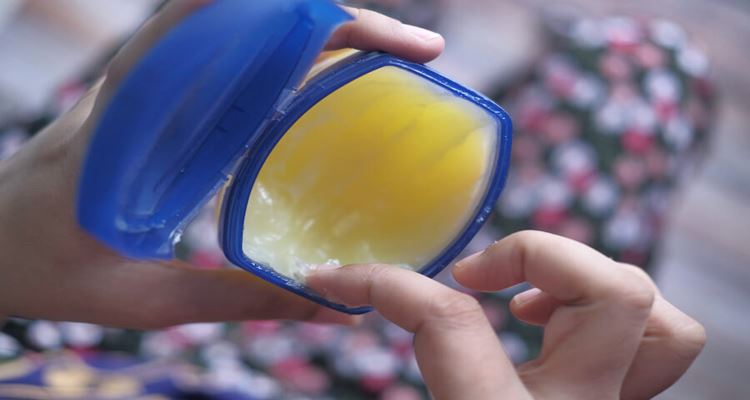What are the different uses of petroleum jelly? Find out here!
PETROLEUM JELLY – These are the things you should know about petroleum jelly before using it for your skin and other purposes.
Petrolatum or petroleum jelly is made of mineral oils and waxes. It has a semisolid jelly-like texture and this hasn’t been changed since 1859 when Robert Augustus Chesebrough discovered it. He packaged it after seeing oil workers use this to heal their wounds and burns.

Nowadays, it is commonly used as a treatment for burns and minor cuts, to ease diaper rash, as a moisturizer, to treat skin conditions like eczema and psoriasis, and works as a lubricant.
Here are some of its uses:
- It works as an effective skin barrier. The skin does not easily absorb this waxy substance which can help trap the dirt and maintain moisture in the skin.
- Applying some petroleum may prevent chafing – this is when your skin gets rubbed on another body part’s skin or piece of clothing. This makes this substance perfect if you suffer from eczema or dry skin.
- The American Academy of Dermatology says that it supports healing, helps prevent infection, and reduces the risk of developing scarring.
- A 2017 study said petroleum is an effective and affordable way to prevent eczema outbreaks.
Generally, this substance is safe to use when used properly. However, just like other skin treatments, it also presents some risks like carcinogens and other toxic chemicals if it is unrefined. Make sure that you are buying from a trustworthy manufacturer before using it.
According to the Environmental Working Group (EWG), Vaseline has a low risk of putting users in danger by exposing them to carcinogens and other dangerous ingredients.
It is also not advisable to inhale this. Prolonged inhalation of the substance may cause a rare type of pneumonia called exogenous lipoid pneumonia.
READ ALSO:
- Mental Breakdown Meaning – What Is A Mental Breakdown?
- Mangosteen – What Are The Benefits and How To Eat This
What can you say about this?
